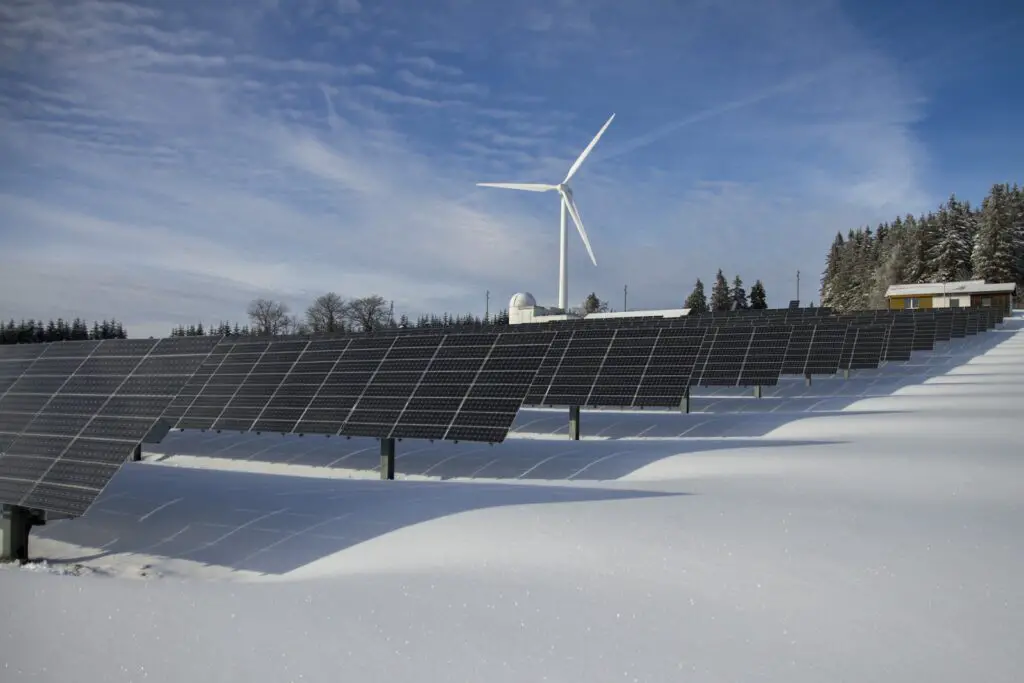The growing demand for clean, renewable energy has led to a surge in exploring innovative methods to harness solar power more efficiently.
A magnifying glass, also known as a convex lens, works by converging light rays to a single focal point, intensifying the energy contained within those rays.
This property of magnifying glass has the potential to significantly increase the intensity of sunlight falling on solar panels.
By concentrating sunlight, a magnifying glass can effectively reduce the area of solar cells required to generate a specific amount of electricity.
This could lead to more compact and cost-effective solar power systems, making solar energy accessible to a broader range of consumers.
However, while the idea of utilizing magnifying glasses to amplify solar power production seems promising, evaluating its practicality and efficiency is essential.
Factors such as heat management, lens materials, and solar tracking systems play crucial roles in determining the feasibility of this approach.
Additionally, the overall effectiveness of magnifying glasses in boosting solar power generation must be weighed against potential drawbacks, such as increased complexity in system design and maintenance.
Pros And Cons Of Using Magnifying Glass In Solar Power Generation
Pros
- Enhanced Efficiency: By concentrating sunlight, magnifying glasses can increase the intensity of light striking the solar cells, potentially boosting power output.
- Space Optimization: The concentration of sunlight allows fewer solar cells to produce the same amount of energy, resulting in more compact and space-efficient solar power systems.
- Cost Reduction: The need for fewer solar cells can lower the overall cost of solar power systems, making clean energy more accessible to a wider audience.
- Improved Performance In Low-Light Conditions: The ability of magnifying glasses to concentrate light may enhance solar panel performance in areas with suboptimal sunlight exposure, such as during overcast days or in regions with limited direct sunlight.
Cons
- Heat Management: Concentrating sunlight can generate excessive heat, reducing solar cell efficiency and potentially causing damage.
- Adequate heat dissipation mechanisms need to be implemented to maintain optimal performance.
- Lens Material And Quality: High-quality, durable lenses are required to withstand long-term exposure to intense sunlight and weather conditions, which may increase the overall cost of the system.
- Solar Tracking: To maintain a consistent concentration of sunlight, a tracking system may be necessary to keep the solar panels aligned with the sun’s movement throughout the day, adding complexity and maintenance requirements.
- Potential Maintenance Challenges: The introduction of magnifying glasses and tracking systems may lead to increased maintenance needs and additional points of failure, which can impact the overall reliability and longevity of the solar power system.
Does Magnifying Glass Improve Solar Power Efficiency?
Incorporating a magnifying glass in solar power generation can potentially enhance the overall efficiency by concentrating sunlight and increasing the intensity of light striking the solar cells. This can lead to a boost in power output, making the solar panel generate more energy with the same amount of sunlight.
However, concentrating sunlight increases the heat on solar cells, reducing their lifespan.
Do Magnifying Glasses Enhance Solar Panel Performance In Low Light?
Magnifying glasses have the ability to concentrate light, which can be beneficial in areas with suboptimal sunlight exposure, such as during overcast days or in regions with limited direct sunlight.
By concentrating the available light, magnifying glasses can help solar panels generate more power even under less-than-ideal conditions.
However, the effectiveness of this approach will depend on the quality of the lenses used and the system’s overall design.








